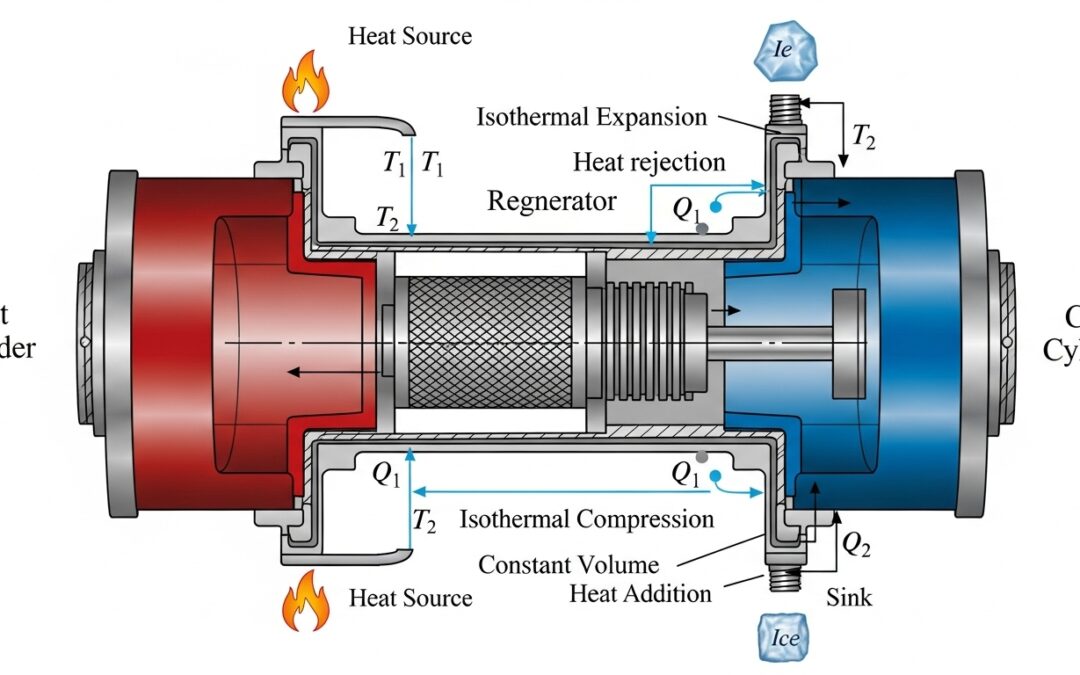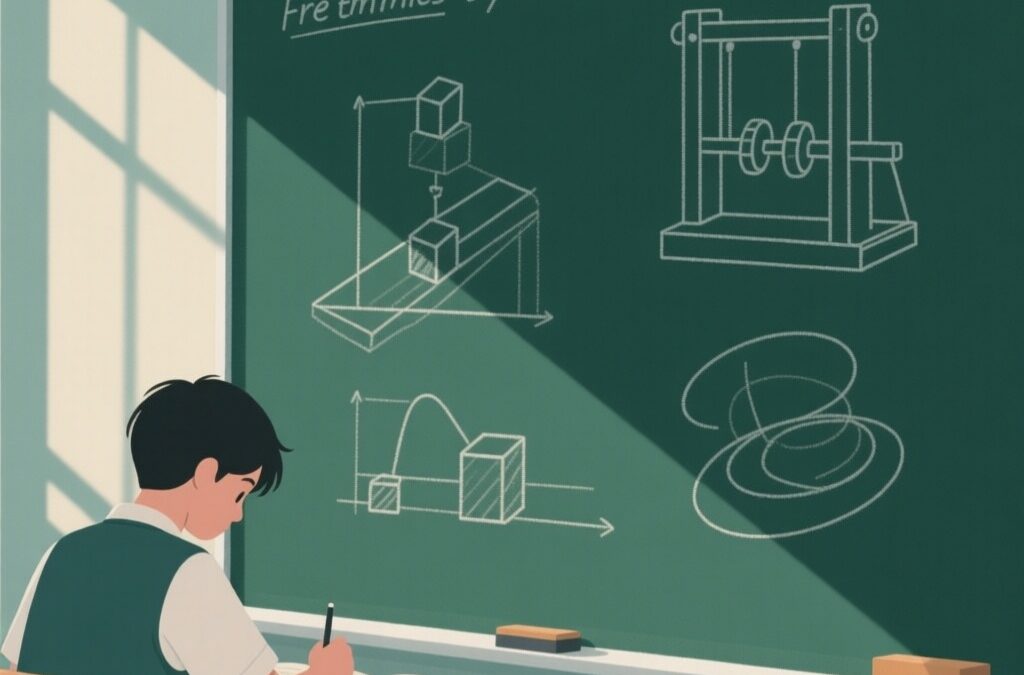The topic of IIT JEE spring energy is a cornerstone of physics, essential for any student preparing for the IIT JEE exam. This concept involves calculating the energy stored within a spring when it is either compressed or stretched. Mastering these calculations is not only critical for the exam but also forms the basis for understanding more advanced physics topics.
Table of Contents
Read More
In this post, we will explore how to calculate the energy stored in a spring when it is compressed or stretched. This concept is crucial for IIT JEE aspirants and anyone interested in understanding the fundamentals of physics. We will also delve into related concepts, ensuring a comprehensive understanding of the topic.
Unveiling the Mystery of IIT JEE Spring Energy
The world of physics is full of hidden energy stores, and springs are no exception. Understanding the energy stored within a spring is not just an academic exercise; it’s fundamental to understanding various mechanical systems, from car suspensions to atomic force microscopes. This section explores the basics and provides a solid foundation for tackling more complex problems.
The Essence of Elastic Potential Energy
Elastic potential energy is the energy stored in an object when it is deformed. For springs, this deformation is either compression or extension from their equilibrium length. This energy is directly related to the spring constant and the displacement from the equilibrium position. The spring constant, often denoted by ‘k’, is a measure of the spring’s stiffness, and a higher value means a stiffer spring, requiring more force to deform it.
The stored energy is not lost; it is available to do work. This concept is critical in understanding how springs function in various applications, from simple toys to complex machinery. Furthermore, the understanding of spring energy is a building block for more advanced physics concepts, such as oscillations and wave motion. The energy stored can be converted into kinetic energy when the spring returns to its equilibrium position.
Key Formulas and Concepts
The elastic potential energy stored in a spring is given by:
###U = \tfrac{1}{2} kx^2###
where:
- ##k## = spring constant (in N/m)
- ##x## = displacement from equilibrium (in meters)
This formula shows that the energy stored in the spring is directly proportional to both the stiffness of the spring and the square of the displacement.
The unit of energy is Joules (J), provided that the spring constant is expressed in N/m and displacement is measured in meters.
Understanding the units is crucial. The spring constant ‘k’ is typically measured in Newtons per meter (N/m), and the displacement ‘x’ is measured in meters (m). It is important to ensure that all units are consistent to obtain the correct answer. Remember that the displacement ‘x’ is measured from the spring’s equilibrium position, which is the point where the spring is neither stretched nor compressed. The energy stored in the spring increases quadratically with the displacement.
Calculating Stored Energy: A Step-by-Step Guide
Solving numerical problems related to IIT JEE spring energy requires a systematic approach. Let’s break down a typical problem and work through it step by step. By doing so, we can build our confidence and learn how to apply the concepts in various situations.
Problem: Calculating Stored Energy
A spring with a spring constant of 100 N/m is compressed by 0.2 m. We are asked to calculate the stored elastic potential energy.
Known values: – Spring constant: ##k = 100 \, N/m## – Displacement: ##x = 0.2 \, m##
The formula is:
###U = \tfrac{1}{2} kx^2###
Substituting the values:
###U = \tfrac{1}{2} \cdot 100 \cdot (0.2)^2###
Simplify:
###U = \tfrac{1}{2} \cdot 100 \cdot 0.04 = 2 \, J###
Therefore, the stored elastic potential energy in the spring is **2 Joules**. This calculation illustrates how energy storage depends on both the stiffness of the spring and the square of the displacement.
Detailed Solution and Explanation
The process of calculating elastic potential energy involves a few key steps:
- Identify the given values: spring constant (##k##) and displacement (##x##).
- Apply the formula: ###U = \tfrac{1}{2} kx^2###
- Ensure consistent units: ##k## in N/m and ##x## in meters.
- Note that displacement ##x## is the magnitude of compression or extension from equilibrium.
In the given problem:
- ##k = 100 \, N/m##
- ##x = 0.2 \, m##
Substituting into the formula:
###U = \tfrac{1}{2} \cdot 100 \cdot (0.2)^2 = 2 \, J###
Thus, the spring stores 2 Joules of energy when compressed by 0.2 m. This energy is released as the spring returns to equilibrium, often converting into kinetic energy. Such calculations highlight the fundamental principle of **energy transformation** between potential and kinetic forms.
Similar Problems for Practice
To solidify your understanding of IIT JEE spring energy, let’s work through a few more problems. This practice will help you become more comfortable with the concepts and formulas.
Problem 1
A spring has a spring constant of 200 N/m. If it is stretched by 0.1 m, calculate the stored energy. Answer: 1 J
Problem 2
A spring stores 4 J of energy when compressed by 0.4 m. What is the spring constant? Answer: 50 N/m
Problem 3
A spring with k = 50 N/m is compressed from 0.1 m to 0.2 m. Find the change in potential energy. Answer: 0.75 J
Problem 4
A spring with a spring constant of 500 N/m is compressed by 0.05 m. Calculate the stored elastic potential energy. Answer: 0.625 J
Problem 5
If a spring stores 8 J of energy and has a spring constant of 400 N/m, what is the displacement? Answer: 0.2 m
Key Takeaways
Mastering the concept of elastic potential energy stored in springs is crucial for success in IIT JEE and other competitive exams. By understanding the relationship between spring constant, displacement, and stored energy, you can confidently solve a wide range of problems. Practice is key, and remember to always use consistent units.
| Concept | Formula | Units |
|---|---|---|
| Elastic Potential Energy | ##U = rac{1}{2} kx^2## | Joules (J) |
| Spring Constant | – | Newtons per meter (N/m) |
| Displacement | – | Meters (m) |
We also Published
RESOURCES
- Energy Visulisation – Spring Energy to Kinetic Energy #jee #neet #iit …
- #jeeadvanced #chatgpt | Satya Mallick | 12 comments
- IIT JEE all Spring related Questions | Energy Cons/Cutting/NLM …
- Potential Energy -Study Material for IIT JEE | askIITians
- The potential energy of a certain spring when stretched through a …
- IIT Delhi: Home Page
- In stretching a spring by 2 cm energy stored is given by U, then …
- When you compress a coil spring. you do work on it The elastic potenti
- Notes on Potential Energy Spring
- The elastic potential energy of a spring





0 Comments